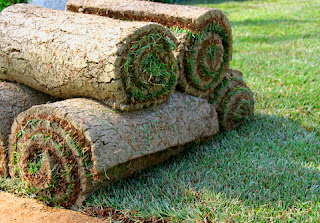Puy lentil, red onion, tomato and sundried tomato salad with feta cheese, for two

A bit of a mouthful and it is just that and very tasty. The recipe comes from two sources, Ainsley Harriot’s Barbecue Bible and Delicious Magazine, with the twist of using the ready cooked lentils that come in a vacuum pouch.
Ingredients
•
1 large red onion finely chopped
•
4 tbsp extra virgin olive oil
•
1 tsp red wine vinegar
•
1-2 tablespoons balsamic vinegar to taste
•
1 garlic clove, chopped
•
200g – 225g Puy lentils ready prepared
•
100g (4oz) feta cheese, crumbled
•
50g (2oz) of sun dried tomatoes, chopped
•
2-3 cherry tomatoes, quartered, from your garden (or bought)
•
3 tbs flat leaf parsley
•
Salt & freshly ground pepper
•
A little grated lemon zest (optional)
•
A squeeze of lemon juice (optional)
 The fire is lit. A warming glass of mulled wine depends from one hand, while the other turns the pages of the garden catalogue and major plans are afoot for next year’s garden. Traditionally, December is a good time for the obvious reasons to put your gardening feet up and consider what you have achieved, and how your garden will look come spring.
The fire is lit. A warming glass of mulled wine depends from one hand, while the other turns the pages of the garden catalogue and major plans are afoot for next year’s garden. Traditionally, December is a good time for the obvious reasons to put your gardening feet up and consider what you have achieved, and how your garden will look come spring.











































